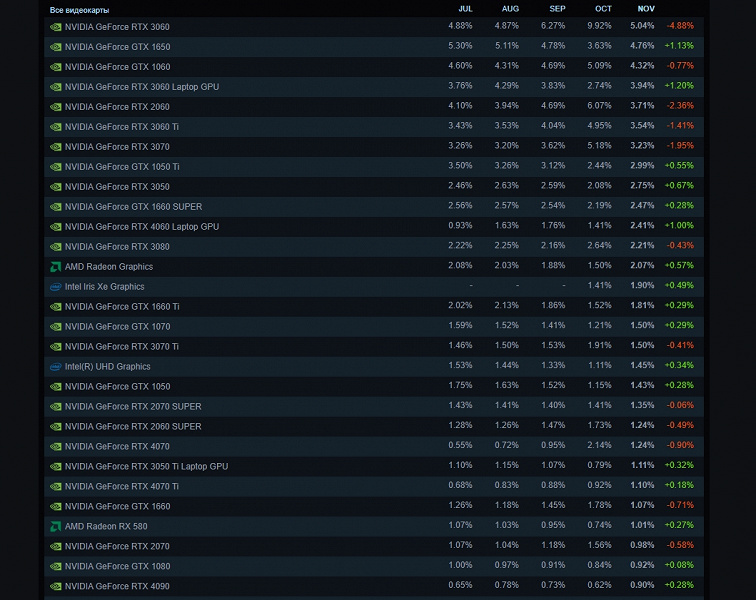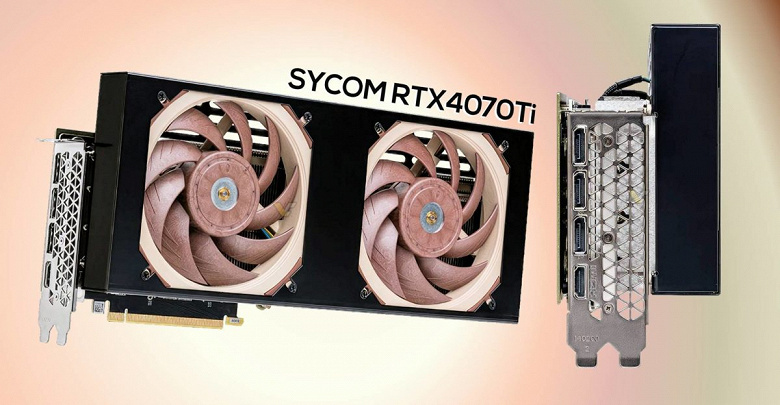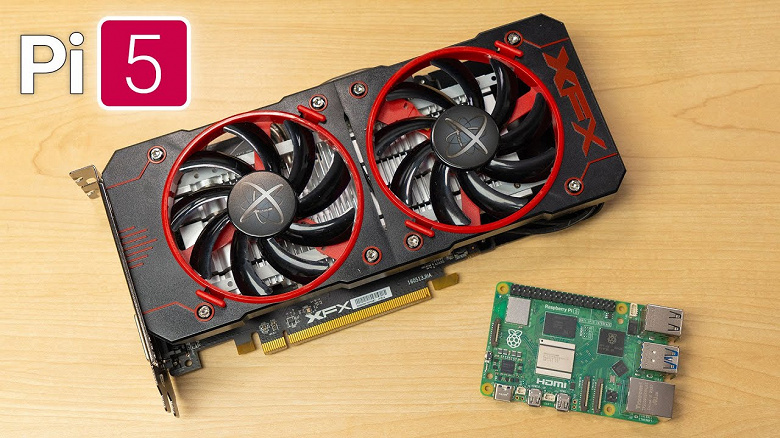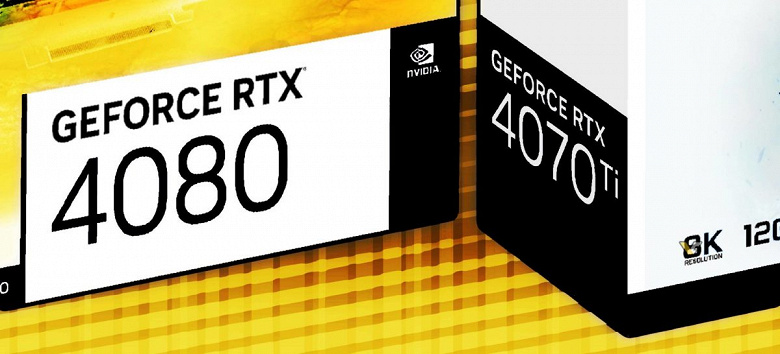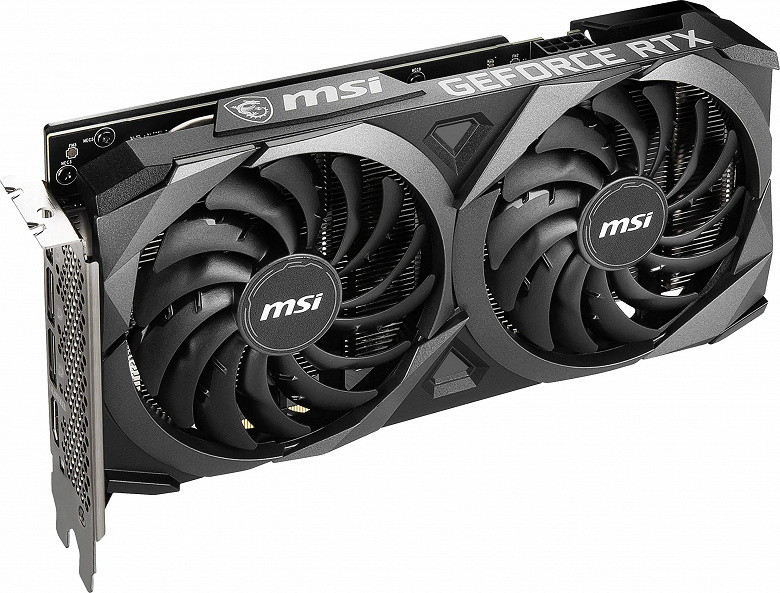NVIDIA will release up to 10 variants of mobile GeForce RTX 3080 with different frequencies and memory
Next week NVIDIA will unveil the next generation of mobile graphics, the GeForce RTX 30-series graphics card based on the Ampere architecture. The manufacturer will release three models of mobile graphics accelerators – GeForce RTX 3080, RTX 3070 and RTX 3060. Still, in the composition of laptops from various manufacturers, these video cards will be found in the form of numerous options.

